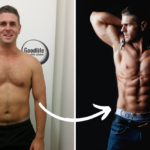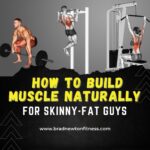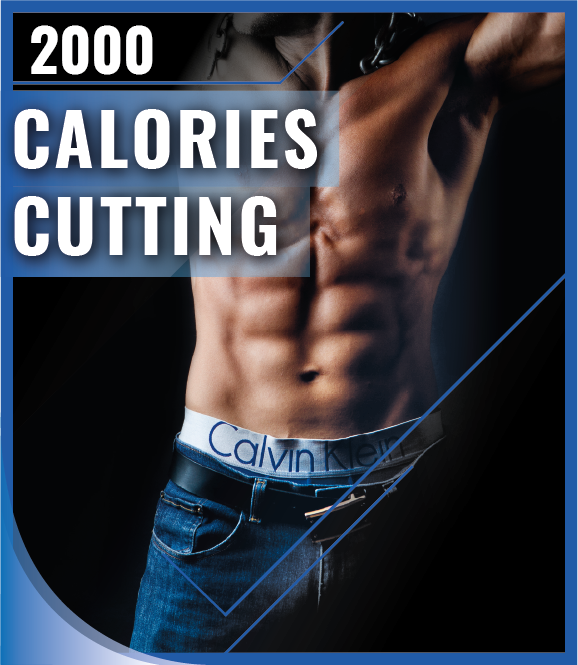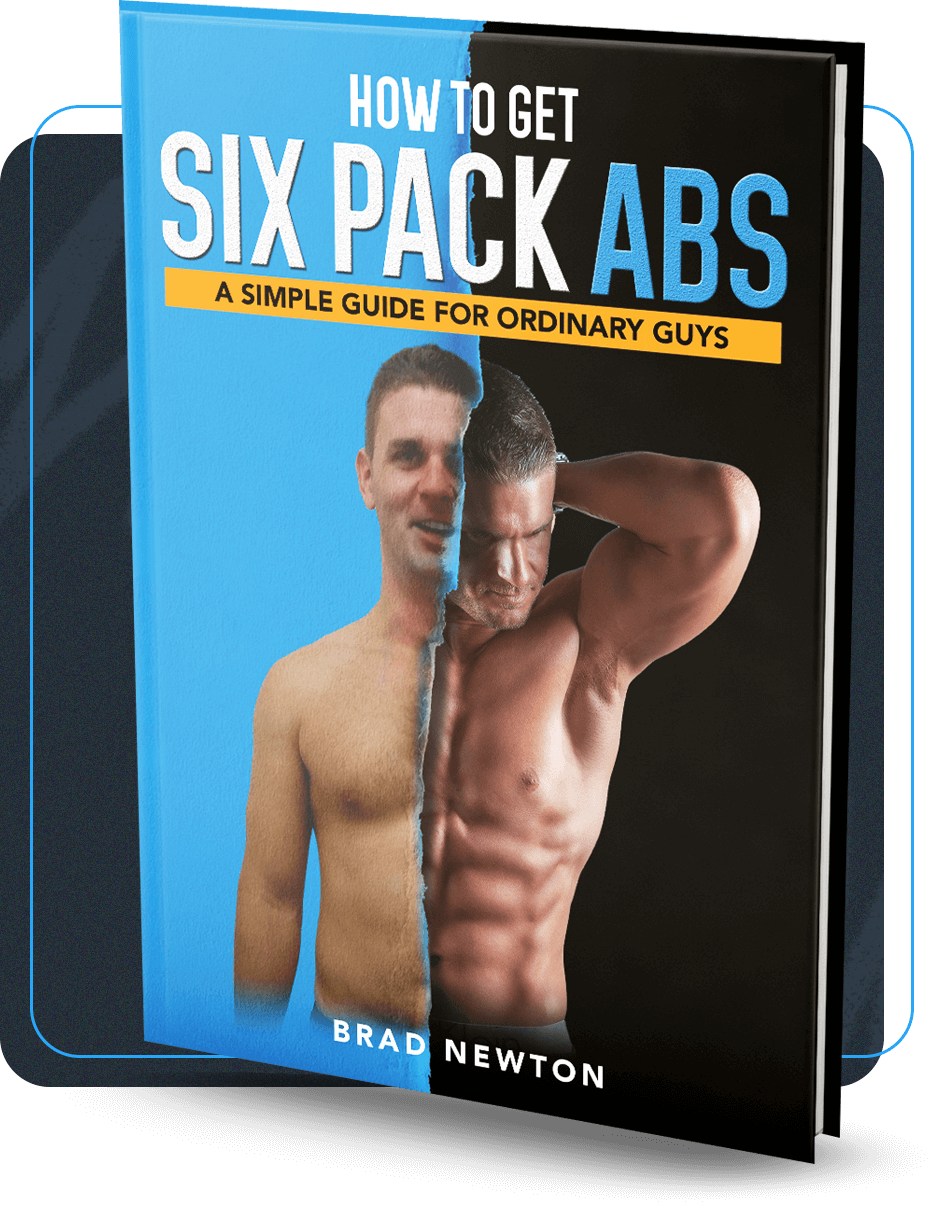In this article, I am going to show you exactly how to bulk by implementing correct nutrition and training principles. If you are a skinny guy and are sick of being skinny, you need to read this article.
How to Bulk: My Back Story
After years of trying weight gainers, different gym memberships, obnoxious amounts of weight training, home workouts, and protein powder, I resigned to the idea that my “genetics” would not “allow” me to get bigger.
And after 10 years of trying to build muscle in the prime of my life — and not achieving it— made me feel like I had no chance.
If you’d like to watch a video where I share the exact strategies that I used (as an ordinary guy,) to successfully build muscle as a very skinny guy then check out the video below.
Perhaps my ex-bodybuilding colleague was right about me: “Brad, you are an ectomorph… there is no way you can get bigger!”
At the time, I didn’t know what an ectomorph was until I Googled it.
I found a graphic something like the following:
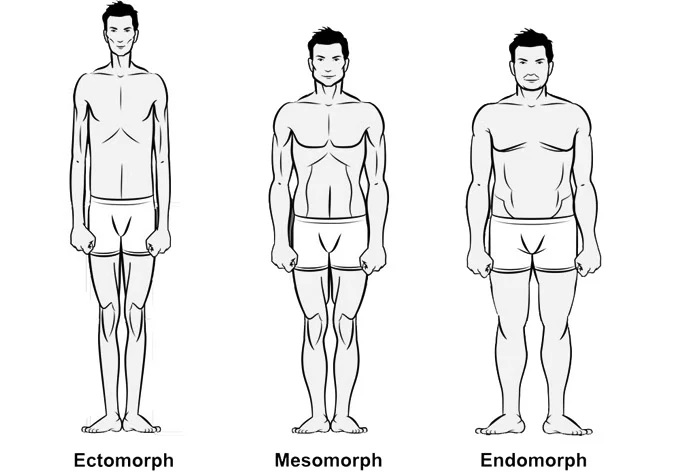
So after a decade of “trying” to gain muscle, magazine after magazine work-out, and being sold the idea that my genetics were making it impossible for me to get bigger… I almost gave up.
But, after digging into the science of fitness and training, fixing the mistakes I was making, and being consistent for several years. I finally figured out how to bulk and cut correctly (several times), before reaching the proportion I had always dreamed of.
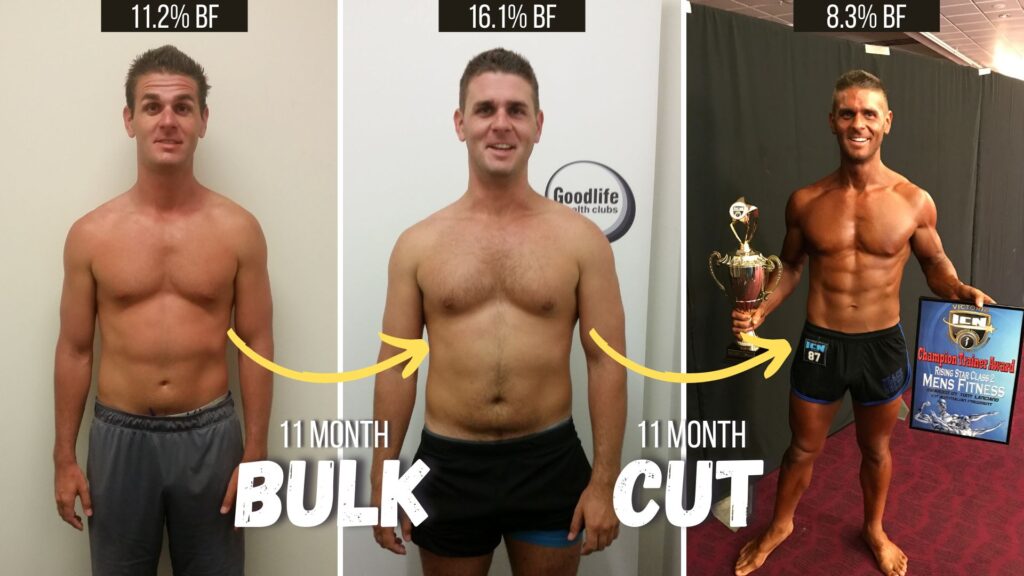
And not only did I achieve the transformation of my dreams, I went on to win multiple amateur bodybuilding competitions in a drug-free Federation.
The Biggest Bulking Mistakes I Made
You are probably making any number of the following mistakes I made. I will list them and then show you how to correct them.
- I ate until I felt “full” (big mistake)
- There was a time I ate a ton of protein (and did no weight training!)
- Other times, I didn’t eat enough protein! (around 70 grams per day!)
- I wasn’t doing heavy compound weight lifting (I only did sit-ups and push-ups!)
- I didn’t track calories and macronutrient intake (I didn’t even know what a “macro” was!)
If you’re doing any of the above, keep reading this guide as I will show you exactly what you need to do to achieve a successful bulk.
The No. 1 Reason You Can’t Gain Weight
You’re not eating enough calories! Period.
My biggest challenge was I would stop eating the moment I felt full. This is the precise reason you are not building muscle, despite how hard you are training in the gym.
It is true that many skinny guys (like I was) over-estimate their caloric intake just like overweight guys tend to under-estimate their calorie intake.
The only way to know with certainty, the number of calories you are consuming, is to track them using apps like MyNetDiary or MyFitnessPal.
And I’m not suggesting you need to be enslaved to calorie counting for the rest of your life! I’m suggesting that you dedicate at least seven days to daily tracking.
The reason for dedicating one week to daily calorie tracking is two-fold;
- You’ll develop incredible self-awareness around the number of calories you are actually eating (as opposed to guessing!)
- You’ll be able to use your self-awareness to set your bulking calorie target that guarantees a successful bulk (rather than just stop eating when you feel “full”)
How Much Protein Do I Need For Bulking
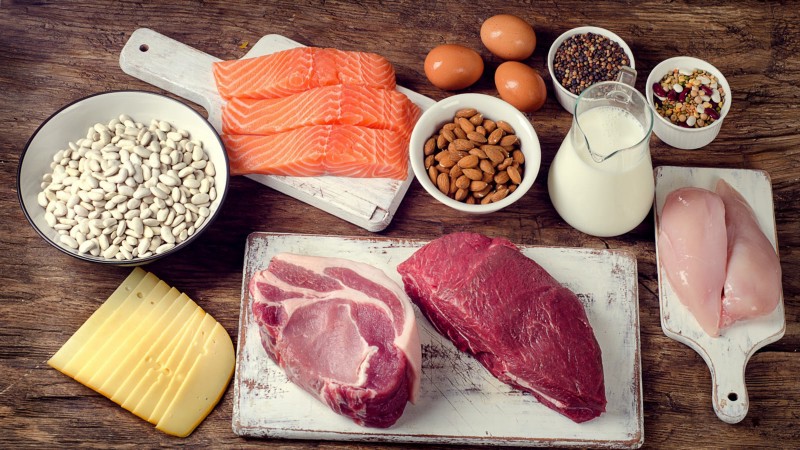
When I first started my fitness journey, my protein intake was incredibly low (around 70 grams per day!)
In a research study conducted by the University of Western Ontario, they found that athletes should be receiving between 0.6 to 0.8 grams of protein per lb of body weight per day.
They cited other variables which may warrant higher protein levels such as; exercise intensity, training history, carbohydrate availability, etc.
For a 130 lb (60 kg) skinny guy that is weight lifting 3–5 times per week, will need around 100 grams of protein per day (for building muscle and recovery).
For me, I made a big mistake of getting around 70 grams of protein per day at 200 lbs! Forgive me, years ago, I didn’t know better! I should have been getting around 160 grams!
The Best Protein for Weight Gain
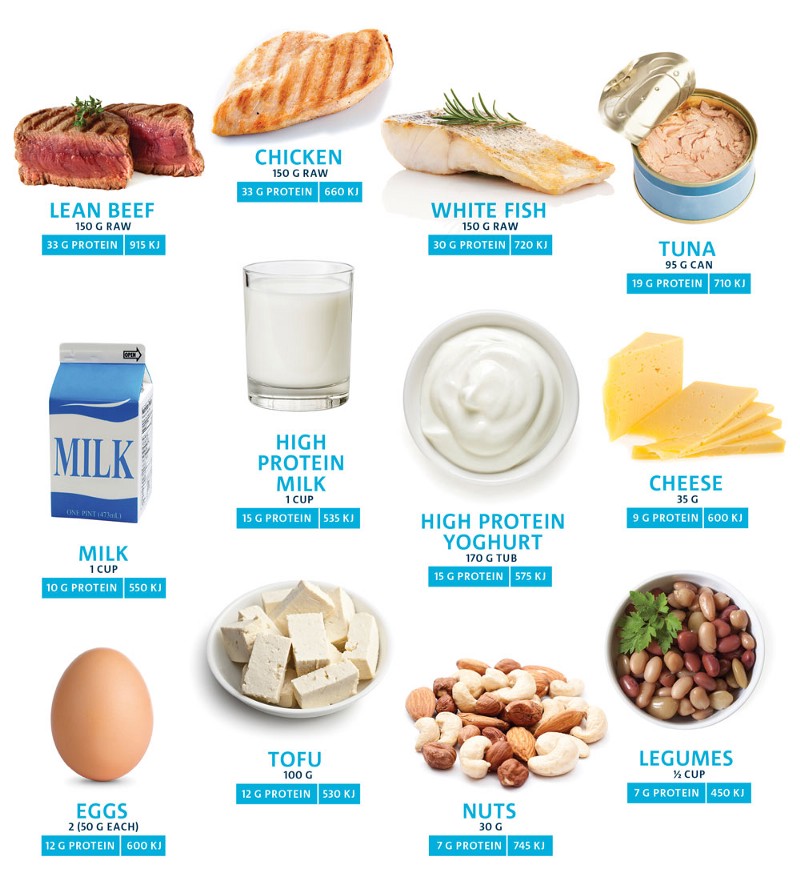
To help you achieve your daily protein intake for a successful bulk, I suggest getting 60–70% of your protein requirements from whole food sources and the rest from protein powder (like whey, casein, etc)
There was a period of time where I was travelling extensively and did not have the convenience of sourcing most of my protein from whole food.
I often travelled with my whey protein powder — getting 60% of my protein requirements from powder and the rest from 1–2 restaurant meals containing steak or chicken. Of course, I only recommend doing this for short periods of time!
The following whole foods were my first choice when I was bulking to get bigger;
- Chicken breast (100 gram serving is 20 grams of protein. I’d usually have around 150–200 grams in a single serving, with a big serve of veggies)
- Sirloin steak (200 gram serving is 17 grams of protein)
- Cans of tuna and salmon (for convenience! I work an office job so 1 to 3 cans of tuna (or salmon) is a great snack to get around 30–40 grams of protein)
- Fresh salmon or tuna (if it is on special at the supermarket)
- Whole eggs
- Yogurt
- Cottage cheese
In terms of protein powder, I have been taking Optimum Nutrition whey protein for years and really love their product (no, I’m not sponsored!).
I’ll usually have 1.5 scoops (30 grams of protein) before and 1.5 scoops post-workout to help meet my daily protein requirements.
The Best Carbs and Fats for Bulking
The following is a list of the best carbs and fats that I prioritised in my own flexible bulking meal plan.
- Oatmeal
- Brown rice
- Pasta
- Quinoa
- Beans
- Cottage Cheese
- Sweet Potato, white potato
- Avocados
- Peanut butter (so nice!)
- Nuts
- Coconut oil, olive oil

Start Your Transformation Today!
Reach your fitness transformation goals of shredding fat, building muscle, and getting stronger, in the shortest time, without crazy dieting or buying useless sports supplements.
Learn MoreThe Best Supplements for Bulking
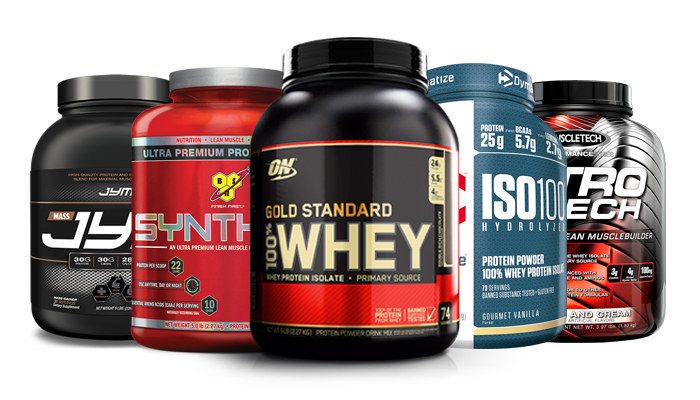
This is the section of most articles where the author will plug their own supplements or a “coupon code” to buy their garbage product.
I have nothing to sell you because you don’t need supplements to bulk. Especially “weight gainers” which you should avoid.
Personally, there are two supplements that I have used to bulk successfully which you can incorporate if you wish:
1. Protein powder
A great way to meet your daily protein requirements and maintain an overall calorie surplus.
If 100 grams of chicken fillet contains 20 grams of protein then you’d need to eat 1 kg of chicken for 200 grams of protein (a day!!)
If you are struggling to eat all of your calories for the day then a protein shake (with added peanut butter and other “calorie dense” foods) will help you sustain a calorie surplus.
2. Creatine Monohydrate
This supplement is one of the most well-researched supplements on the market and has been the subject of hundreds of scientific studies.
The name might sound like something you’d find in a Chemistry classroom but our bodies produce creatine naturally! Just not enough of it to reap the full benefits.
The research on creatine monohydrate has concluded the following;
- It improves muscle recovery
- Assists in anaerobic endurance
- It helps you gain muscle and strength faster.
- And it is completely safe.
I usually put 1 teaspoon of creatine monohydrate in my protein shake 🙂
Research shows that supplementing with 5 grams of creatine monohydrate per day is optimal.
And despite the dozen or so different varieties of creatine you can buy from a supplement store — creatine monohydrate is the one you should get.
Again, you don’t need it but it will certainly help you.
How to Train While Bulking

In my teenage years, one of the biggest mistakes I made was I focused on doing hundreds of push-ups and sit-ups in my bedroom.
I never emphasised heavy compound weight lifting (nor was I eating enough protein and overall calories at that stage of my life!)
The reality is that a perfectly executed bulking diet is basically useless unless you have a decent beginner weight training program to match it.
My journey of building serious muscle while eating a slight calorie surplus began when I followed the push-pull-legs beginner lifting program. This program is the foundation of building muscle for people not taking steroids.
Learn more about how to structure a perfect weight training program with your bulking diet; to achieve the right volume, intensity, and frequency.
The Lean Bulking Formula

Many bulking programs are completely flawed because they prescribe unnecessarily high calorie intakes. You don’t need to “eat big to get big”.
I’ve made it easy to figure this out — use my simple macronutrient calculator and select “bulk” from the menu. Grab the numbers and either enter them into a flexible meal plan or use MyNetDiary or MyFitnessPal.
The numbers from the calculator are a starting point only. You will need to adjust them to achieve a steady weight gain.
This is an ideal weight gain range to ensure you gain as much muscle as possible while minimising fat gain (aka. “lean bulking”).
You should weigh yourself once per week and record it somewhere. You can do a daily weigh-in and take the average across 7 days, but I prefer to pick one day of the week as my “weigh-in day.”
If you are not gaining weight, you need to increase your calorie intake by around 100–200 calories per day. Weigh yourself again in another week.
If you are gaining too much weight, you should dial your calorie intake back by 100–200 calories.
The easiest way to increase or decrease your calories is by either increasing or decreasing your carbohydrate or fat intake — leaving your protein intake the same.
For guys, you will stop bulking when you reach 17–20% body fat, before commencing a cut down to 10–12% body fat.
Use my simple macronutrient calculator and a “cutting” flexible meal plan to get started on reducing body fat levels.
Personally, I did two bulk-cut cycles before I reached the physique that I was ultimately happy with. It was an 8 month process but it totally paid off 🙂
For most people, you’ll bulk for around 2–3 months and cut for around 4–6 weeks. During that time, you’ll be actively tracking your workouts and following bulking and cutting flexible meal plans — making adjustments along the way.
After you reach a point where you are happy with your overall muscle size, you can relax a little bit from tracking, measuring, and consistently training.
Personally, as I write this in July 2019, I haven’t tracked a single calorie since June 2017 — while keeping the foundation of my physique for several years now.
How Much Muscle Can You Gain
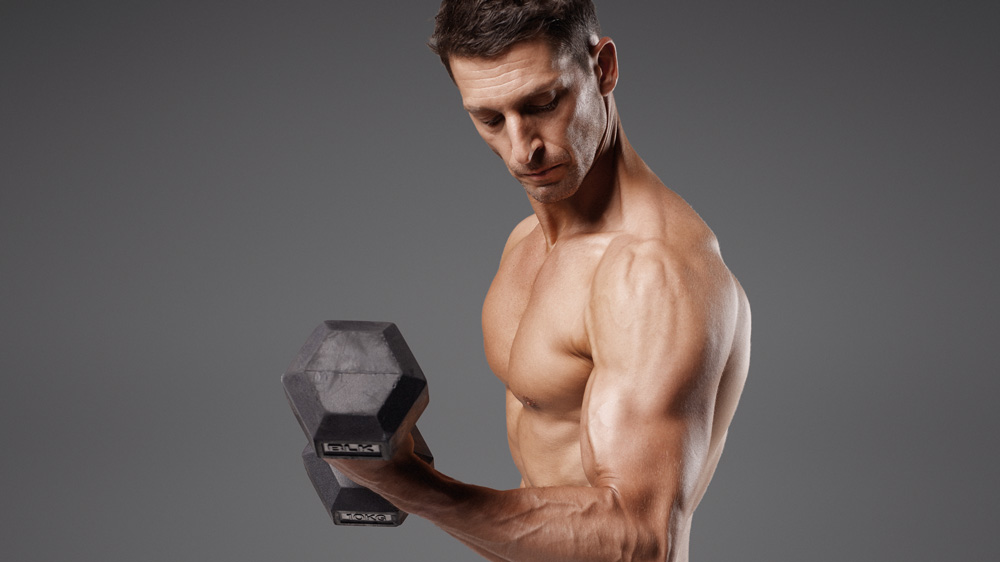
It’s important you are firmly planted in reality and not buying into unrealistic goals and expectations for muscle growth while bulking.
Unfortunately, fitness magazines and many athletes pushing supplements are often cycling steroids and asserting outrageous claims for the amount of muscle you can build (naturally)!
Their claims are not based on natural weight lifters!
If you are a beginner weight lifter — or someone that has not been doing proper compound weight lifting and bulking (and not taking steroids) — then the following is a realistic guideline for muscle growth.
Assuming you maintain a slight calorie surplus and you’ve been following all of the advice I’ve given you in the checklist (below);
Year 1: Men can gain 15 to 25 lbs of muscle
Year 2: Men can gain 10 to 15 lbs of muscle
Year 3: Men can gain 3 to 7 lbs of muscle
Each consecutive year — 1 to 3 lbs per year.
For women, the numbers are roughly half that of men. To learn more about this timescale, see the impressive work from Lyle McDonald, a respectable health and fitness researcher.
In summary, over a 4–5 year period of proper weight lifting and nutrition:
Beyond 4 to 5 years, you’ll be close to your genetic potential and will take even longer for gains as small as 1 to 3 lbs (per year!)
As you can see, it takes time! For me, I achieved most of my incredible transformation in around 8 months of consistently following the principles I share in my articles. By the way, that was 8-months after I spent years trying to “figure it out”.
Just be patient and trust the process. It really does work. No pills or potions required.
My Lean Bulking Checklist
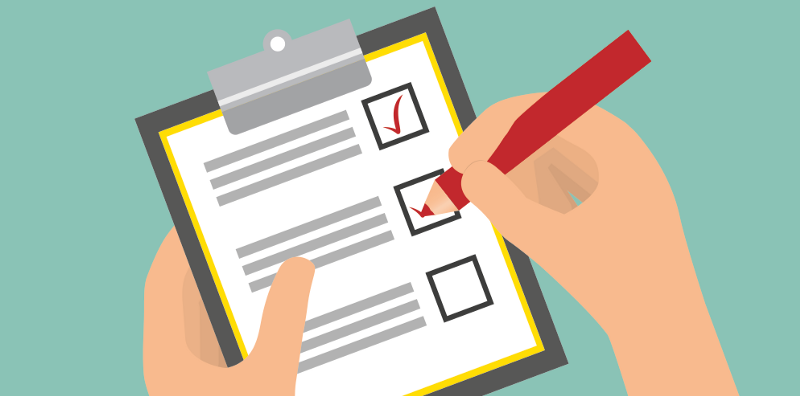
Now that you can see that clean bulking is achievable, here is a check list to keep as a daily reminder. Take a screenshot!
- Maintain a daily calorie surplus by 10–15% (everyday). Use my simple macronutrient calculator to get starting point numbers to enter into MyNetDiary, MyFitnessPal, or any of my flexible meal plans.
- Aim to gain 1 lb of body weight per week (for guys) and half of that for girls.
- Stop bulking at 17-20% body fat (for guys) and 25–27% for girls
- Stop cutting at 10–12% for guys and 15–17% for girls.
- Add 100–200 calories per day if you are not gaining weight or reduce by the same amount if gaining too fast.
- Undertake heavy compound weight training 3–5 times per week (I used my push-pull-legs guide during my bulk and cut)
- Keep protein consistently high at around 0.8 grams per lb of body weight per day.
- Be patient. You’ll slowly get bigger and keep going until you hit the target body fat range or have bulked for 2–3 months.
- It is only during the “cut” that you will start to see the results you’ve worked hard for during the bulk. Cutting will take 4–6 weeks. Total bulk and cut time will be around 4–5 months.
I’m confident that if you follow these guidelines closely , you’ll be able to achieve impressive levels of muscle gain in your first 12 months.
It is extremely important to be patient and to trust this process. Let me know how you go 🙂



